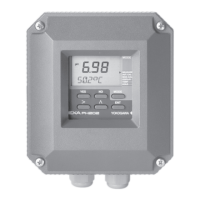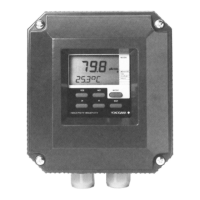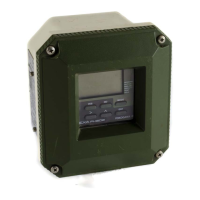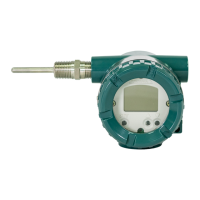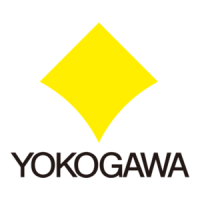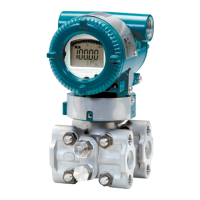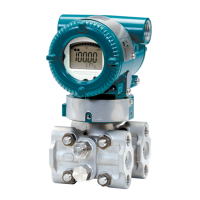How do I fix E4 error on YOKOGAWA Transmitter?
- TTiffany JonesSep 4, 2025
The E4 error on a YOKOGAWA Transmitter indicates that wrong data was entered in the 5x5 matrix. Reprogram the device.
How do I fix E4 error on YOKOGAWA Transmitter?
The E4 error on a YOKOGAWA Transmitter indicates that wrong data was entered in the 5x5 matrix. Reprogram the device.
What does E21 error mean on YOKOGAWA Transmitter?
The E21 error on a YOKOGAWA Transmitter indicates a software problem. Contact Yokogawa.
What does E20 error mean on YOKOGAWA SC202G (S)?
The E20 error on a YOKOGAWA Transmitter indicates a fault in the electronics or very severe interference. Contact Yokogawa.
What to do if YOKOGAWA SC202G (S) shows error E10?
The E10 error on a YOKOGAWA Transmitter indicates a fault in the electronics. Try again. If the problem persists, contact Yokogawa.
What causes E13 error on YOKOGAWA SC202G (S) Transmitter?
The E13 error on a YOKOGAWA Transmitter is due to poor water quality. Check the ion exchangers.
What does E19 error mean in YOKOGAWA SC202G (S)?
The E19 error in a YOKOGAWA Transmitter is caused by incorrect configuration by user. Reprogram the device.
How to solve E18 error on YOKOGAWA SC202G (S)?
The E18 error on a YOKOGAWA Transmitter means that wrong data was programmed. Reprogram the device.
What to do for error E17 on YOKOGAWA Transmitter?
Error E17 on a YOKOGAWA Transmitter is caused by incorrect configuration by user. Reprogram it.
What does error E9 on YOKOGAWA SC202G (S) Transmitter mean?
Error E9 on a YOKOGAWA Transmitter indicates a zero value that is too high due to cable capacitance. Replace the cable.
How to fix E1 error on YOKOGAWA SC202G (S) Transmitter?
The E1 error on a YOKOGAWA Transmitter can occur if the sensor surface is fouled or the conductivity is too high. To resolve this, clean the sensor and calibrate it. If that doesn't work, consider replacing the sensor.
Procedure for inspecting the instrument upon delivery for damage.
Describes the intended use, capabilities, and environmental suitability of the transmitter.
Details input, output, detection methods, ranges, and temperature specifications.
Covers performance, environmental conditions, safety, and compliance details.
Covers site selection criteria and various mounting methods for the transmitter.
General precautions and specific guidance for safe and effective sensor wiring.
Precautions and connection details for the DC power supply.
Diagrams and instructions for connecting various types of sensors.
Overview of the instrument's interface, access levels, and basic operations.
Description of the function of each key on the operator interface.
Describes access and basic operations within the maintenance mode.
Guide to setting up the instrument for specific applications.
Details service codes for parameter selection, sensor type, cell constant, and zero calibration.
Explains setting reference temperature, compensation factors, and matrix compensation.
Configuring output signals (linear, table, burnout) and linearization.
Configuring auto-return, passcodes, error messages, limits, display, and USP settings.
Configuring communication parameters (HART, PH201*B) and clock settings.
Explains conditions requiring calibration and the role of cell constant.
Step-by-step guide for performing calibration using standard solutions.
Overview of the instrument's self-diagnostic capabilities.
| Brand | YOKOGAWA |
|---|---|
| Model | SC202G (S) |
| Category | Transmitter |
| Language | English |

